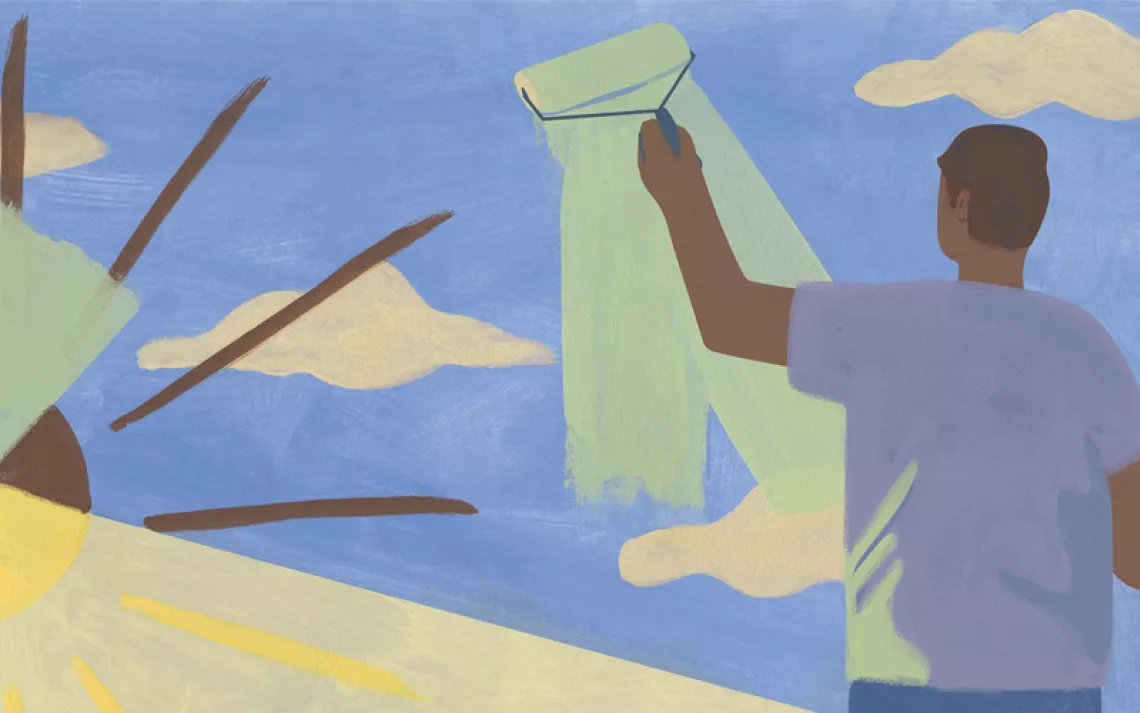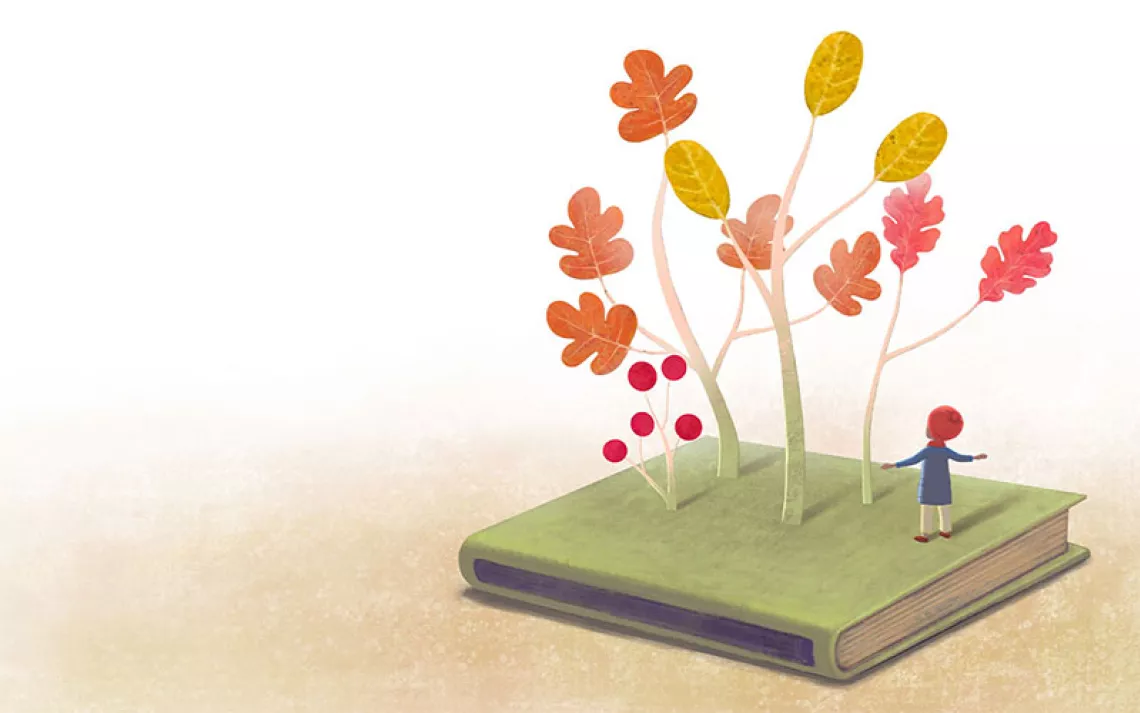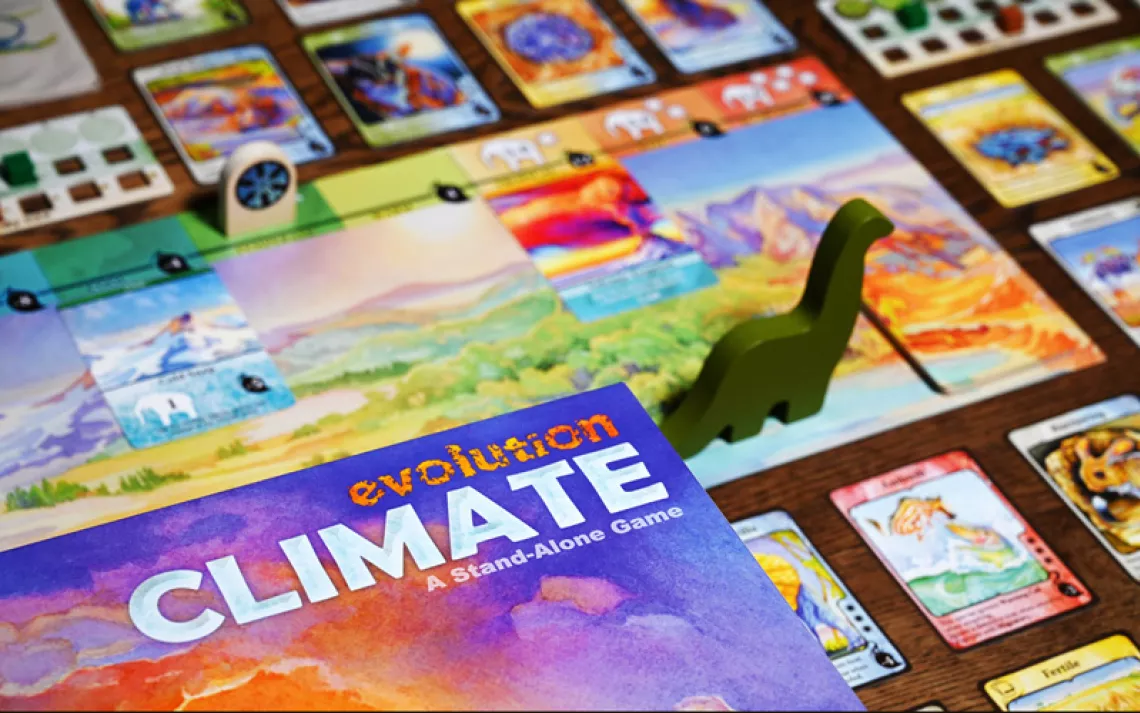Every (Fourth Grade) Kid in a Park
The Department of the Interior wants 10-year-olds to get off the screen and get into a national park

Photos by Suki Gear
Coleman scrambled up the enormous red boulder and checked to make sure I was watching before leaping to the ground. I winced but held back admonition. On to the next boulder. At one point he stumbled and slid before catching himself, hands and butt coated with rust-colored dust. We were in Zion National Park, halfway through an eight-day trip across the U.S. Southwest inspired by the Every Kid in a Park program. My son was in the moment, happy, and nowhere near his beloved iPad.
"No amount of Dora the Explorer can replace hands-on Mother Earth experiences."
Hey fourth graders! See America’s national wonders and historic sites for free. That’s the rallying cry on the Every Kid in a Park website, and it’s true—if you’re in fourth grade or a 10-year-old homeschooled during the 2016–17 school year, your family and you can roam free in all national parks and federally managed lands and waters until August 31, 2017.
The Obama administration launched the program in 2015–16 to encourage children to connect with nature, and to make public lands more accessible for kids in low-income communities. Blame technology, financial strain, urban living, over-scheduling, parents’ fear of kidnapping—whatever the cause, our kids aren’t spending enough time smelling roses, and it’s a nationwide concern.

Coleman bonds with the boulders at Zion National Park.
Studies have shown that children now spend a lot more time watching TV or YouTube and playing video games than exploring outdoors, resulting in an epidemic Richard Louv coined "nature deficit disorder" in his 2005 book Last Child in the Woods.
Excess screen time—an average of 7.5 hours a day for kids 8 to 18, according to a study by the Kaiser Family Foundation—has been linked to ADHD, obesity, and other health issues, but an indoor-focused generation also presents this troubling scenario: If young people are distanced from nature, they will have no incentive to champion the preservation of national parks and public lands when they grow up. No amount of Dora the Explorer can replace hands-on Mother Earth experiences.
Why does Every Kid in a Park target fourth graders? Ten is the sweet spot. Research shows that at around ages 9 to 11, children are starting to truly understand the world but aren’t yet self-absorbed and are receptive to new ideas. Positive experiences with nature at this age might help create a lifelong tree-hugger.
According to Leah Duran, a spokesperson for the Department of the Interior, the first year of the program was a success. "In addition to the physical passes that have been handed out at national parks sites and other public lands and waters since the launch, there have been more than a million visitors to the everykidinapark.gov website, with nearly 2 million passes downloaded." In fact, the initiative has been green-lighted for the next 12 years.
In addition, the National Park Foundation is offering transportation support for more than 130,000 kids who lack easy access to public lands, and the National Park Service recently added $2.6 million in transportation funding, which could provide another 250,000 disadvantaged fourth graders the opportunity to visit cultural and historical sites, hold a newt, or splash in a river.
It’s easy to sign up. Last spring, Coleman visited everykidinapark.gov, played a short game, and then printed a paper pass. (There’s also a section where educators can sign up groups of kids.) At the entrance to Zion, a ranger asked to speak with the fourth grader in charge, then handed my grinning boy a laminated card and we were on our way.
I’d like to say that my son became a steward of the planet during his Every Kid in a Park adventures, but there’s only so much communing with nature one can do on a whirlwind national park road trip. He would still choose Minecraft over picking berries any day. But I kick him outdoors on weekends, and when he’s climbing the neighbor’s tree or searching for lizards, I know that he’s connecting on some level. Then come 2018–19, maybe he’ll get a another chance to tackle those Zion boulders, this time as his fourth-grade sister’s guest.
 The Magazine of The Sierra Club
The Magazine of The Sierra Club



